While swimming can be fun for everyone, it’s good advice for parents to take safety seriously before letting their children jump in for a splash.
When your child is in the pool enjoying a good swim, as a parent, it is of vital importance that you pay full attention to your child in the water. I remember an incident I witnessed before, which serves as a cautionary tale to parents about the dangers lurking in water when they do not pay attention. As a swimming teacher, it is second nature for me to play the role of instructor, as well as a companion, to my kids in water. But this is not the case for everyone.
We were at a club house swimming pool, when my elder son pointed out that a girl in the pool needed help. The child, about four or five years old, was struggling at the other end of the pool.
My son, who has been trained, was the first one to reach her and pushed her to the wall so she could hold on to it for safety. But even in this chaos, the child’s father was still occupied with his phone before he realised what was happening to his daughter. Who knows what could have happened if we were not there.
Prevention is better than cure
As a swimming teacher and parent, I always remind other parents about sticking to good safety measures in the pool.
Do take the time to ensure your kids are swimming in a safe environment. Always keep in mind these pointers.
Assess the area. Before you take your children for a swim, it is extremely important to conduct a risk assessment of the pool.
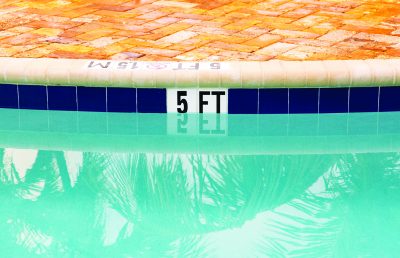
- Check the depth of the pool. Are you and your kids comfortable with this depth, and if something
happens, would you and your kids be able to get help or exit easily?

- Any life guards around? If you are not swimming with your child, make sure that the pool or the club house has a properly trained lifeguard on duty at all times.
I highly recommend that parents swim with their children as it is the best way to ensure your children’s safety in the water. If you are unable to be in the pool with your child, make sure there are no interruptions or distractions outside the pool for you. You need to fully devote your time and attention to your children and keep an eye on them when they are in the water, whether or not there are lifeguards on duty.
Use the right equipment
Be careful with floats if you are allowing your child in the pool with no lifeguard or trainer around to supervise.
The use of a neck float is not a good idea and I would not recommend it. Toddlers’ heads are typically heavy in relation to their bodies. They cannot easily turn to their side or lift themselves out of the water if the need arises. If a child turns over or is upside down, they won’t be able to come back up on their own.
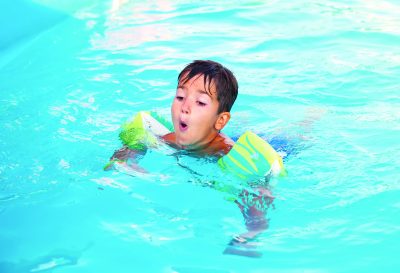
Arm floats are safe as children can freely move around with these floats, but this type of floats usually delay a child’s swimming progress. Personally, I prefer noodle floats, although I believe there is still a certain amount of risk associated with them too.
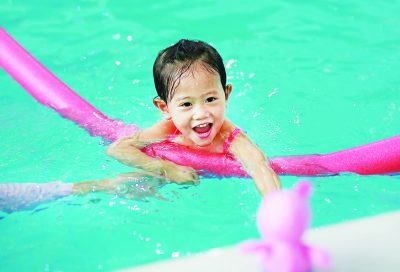
Floats and all safety measures aside, I still believe if you take your child to swim, it is best to be in the pool with them as there is no substitute for direct supervision.
Be prepared
Finally, I would recommend that every parent go for a Cardiopulmonary Resuscitation (CPR) course. CPR makes all the difference when it comes to adding the precious few seconds needed to save a person’s life. Ask your paediatrician or local hospital to recommend a course if you are keen to learn this skill. Remember that a child is at high risk of drowning even in small amounts of water, and that drowning can happen in seconds.
Swimming with your children is not only great for bonding, but also the best way to keep them safe. Teaching them swimming provides them with a useful life skill and protects them against drowning.
So, get rid of your fears, practise safety measures and take time to enjoy water activities with your kids. You can use the exercises that were discussed in this article so you can enjoy teaching your kids the fine art of swimming.
Erika is a Physical Education graduate with a specialisation in child and infant development through sport and aquatic activities. She is a certified AustSwim Water Safety and Infants Teacher and also holds an American Swimming Coaches Association (ASCA) Level 2 certification with over 10 years specialised experience in teaching babies and children.

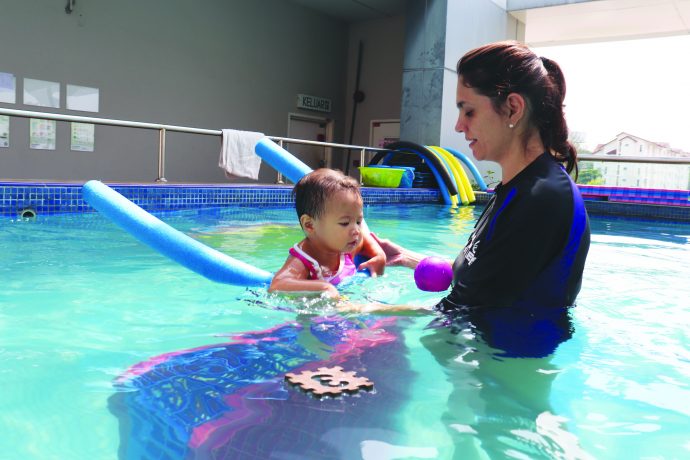

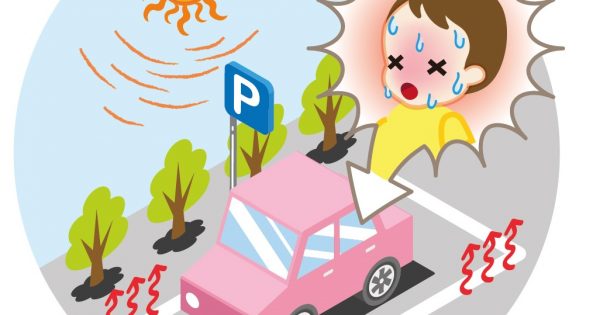
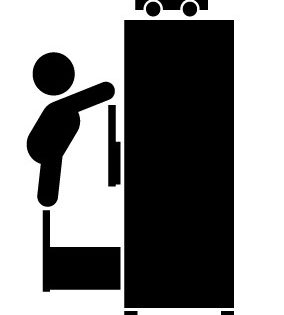


Comments